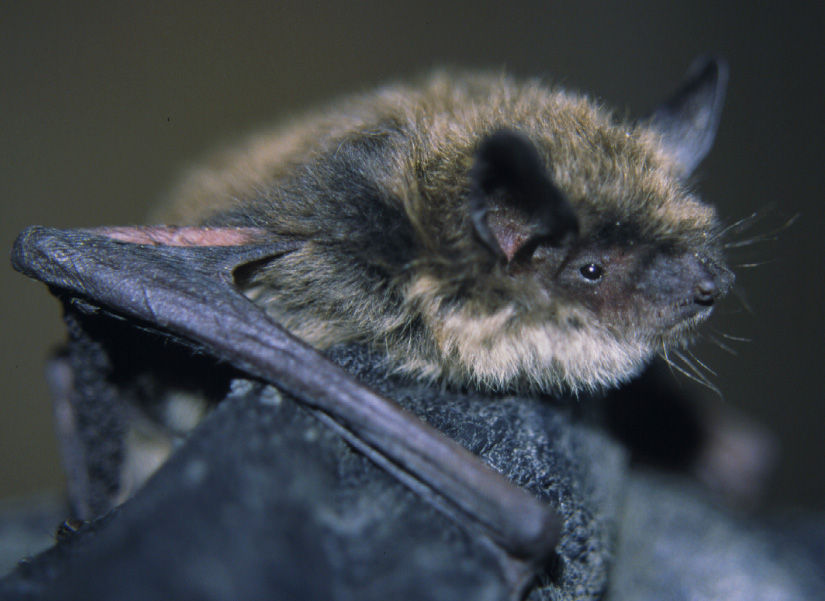Bats and White Nose Syndrome
- osstewardship
- Jul 3, 2020
- 2 min read
Can you name this bat? Just try describing it and you will probably be correct. It’s a Little Brown Bat! If you’ve seen a bat in the Okanagan or Similkameen valleys, chances are good that it was one of these cuties. They exclusively eat insects so don’t chase them away if you see them in a vineyard or an orchard, they are just doing some pest control. They spend most of their night hunting, and each bat can catch over 1000 insects in just one hour!

Regardless of their wide habitat range throughout BC, these bats are one of several endangered or at risk species. One factor of their decline is a fungal disease called White Nose Syndrome (WNS) which has a very high mortality rate for bats, but is harmless to humans.
White Nose Syndrome is a disease that appears as a white fuzz or growth on a bat’s face. It comes from a fungus that grows in cold, damp places and therefore is contracted by bats during hibernation in caves. When a bat is infected it becomes more active and can be seen flying in the daytime or during winter, when they should be sleeping. This extra activity means that the bat is expending more energy than it is receiving from food and can eventually lead to death. Little Brown Bats are among three species most heavily affected by WNS in North America.
While WNS is not currently present in British Columbia, it will arrive eventually. Because it is very important that we know when it does arrive, chiropterologists (people who study bats) ask that if you see any live or dead bats with evidence of the disease to contact them. Here in BC you can contact The Community Bat Programs of BC which has locations throughout the province.
Photo credit: Cori Lausen


Comments